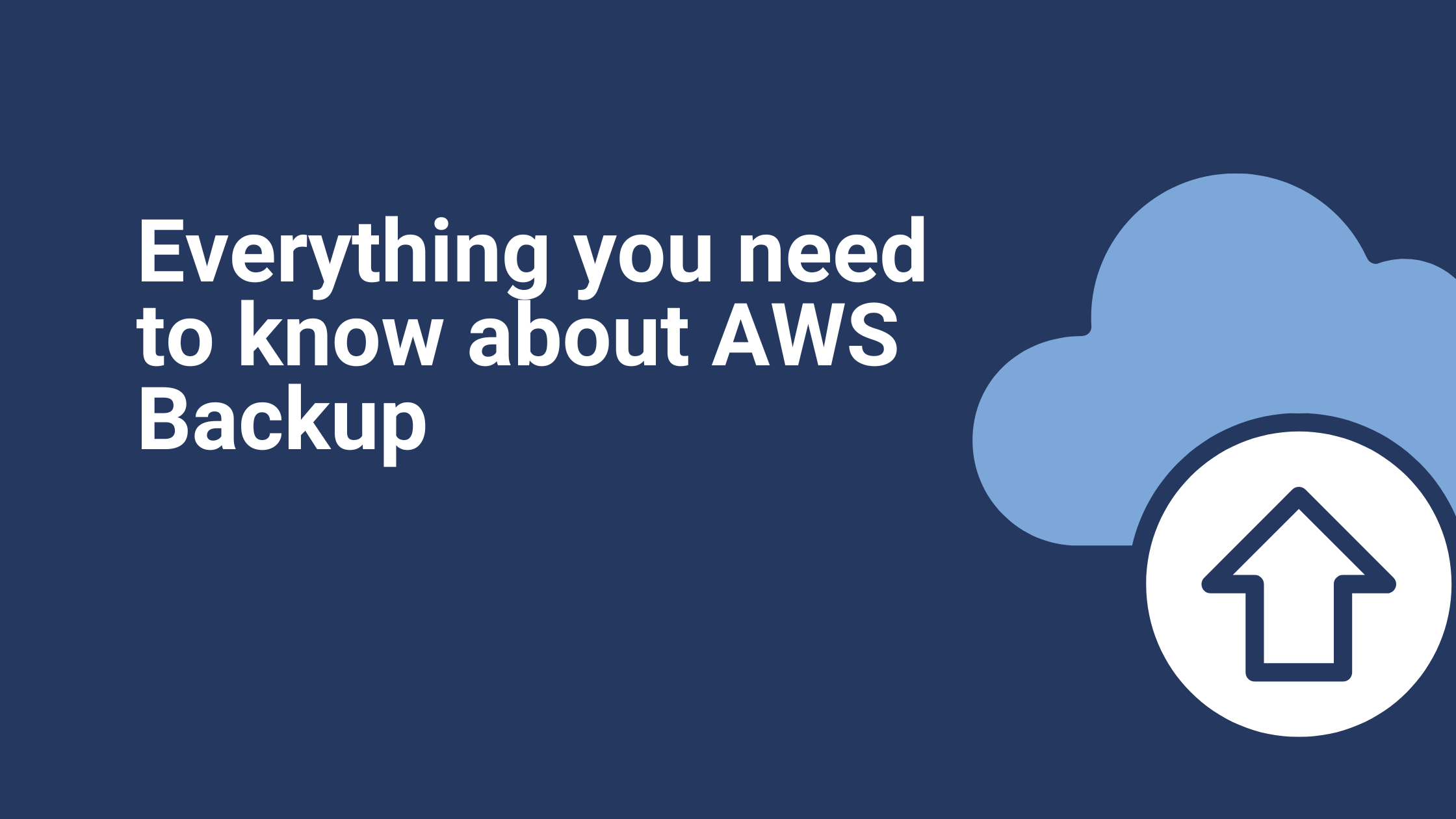How to Leverage Infrastructure-as-Code With DevOps Best Practices
Infrastructure-as-Code (IAC) remains a relatively trending topic in the field of computing. IAC refers to a method of managing virtualization using automation. By defining infrastructure entirely using code, developers can reuse and refine their approach to continuously improve their systems. For as long as DevOps has been around, IAC has grown alongside. In fact, there are many people who would argue that DevOps wouldn’t be possible without the use of IAC.
Implementing IAC?
In order to understand how to best implement IAC, and why it’s necessary to adhere to certain best practices, a refresher in IAC is helpful to understand why it is held in such high regard by so many. The driving concept behind IAC is that virtual machines can be deployed and managed in the same way that software applications can be. By defining system architecture—and the configuration of individual components—purely as code, developers are able to tweak their virtual systems to remove bugs and infrastructure imperfections. (Read more on What Is Infrastructure-as-Code? here.)Adhering to best practices with IAC should enable operators to simply deploy the system into production with few worries for quality and configuration vulnerabilities. The former will be embedded in through the process and automated testing will ensure the latter are negligible. If operators are having to consult documentation in order to make specific adjustments to the settings, this usually indicates that your practices need some refining.
Beyond Automation
IAC is inextricably linked to the concept of automation. As a result, many of the best practices of IAC are concerned with significantly reducing the number of manual processes involved. However, IAC is a concept with implications beyond the bounds of simple infrastructure automation. In order for IAC to be utilized to its fullest effect, a number of best practices can be borrowed from the field of DevOps.Remember, at the heart of IAC is code, just as with any piece of software. Ensuring that this code performs as expected when it is deployed will, therefore, require the developer to consider their IAC source code in the same way that they would consider the source code for software; it should be subjected to the same comprehensive level of testing and scrutiny in order to root out errors and inefficiencies.
Continuous Integration & Continuous Delivery
For many organizations, one of their key aims with regards to their IAC is to ensure that their code is in a production-quality deployable state at all times. This simply means that the dev team is staying on top of their code, monitoring for any issues, and rectifying concerns promptly when they are identified.End consumers today are more discerning than ever when it comes to technology. Plus, the average tech user nowadays typically has a fundamental understanding of how everything works. As a result, users are relatively unforgiving when faced with bug-riddled features.The Continuous Integration (CI) and Continuous Delivery (CD) cycle refers to a series of best practices that are designed to ensure that the underlying IAC code is regularly audited and updated. CI means that developers’ working copies of the code are synchronized throughout the day, ensuring that everyone is on the same page and your developers are working with the latest version code. CD refers to the process by which code can automatically be deployed after passing QA. Taken together, these practices allow for the continuous delivery of your service.There is a growing number of tools available which can streamline the CI/CD pipeline for developers, most notable among these is Jenkins. Jenkins remains the go-to in terms of popularity and has a solid reputation for making it much easier to manage CI/CD, from writing source code to delivering the product.
Coding Conundrums
In addition to the above, there are some other important best practices to observe when writing and editing your IAC. Note, that there are a few subtle differences between the way you approach IAC code compared to other types of code.
- Codify everything: Your IAC code should contain everything needed to deploy and configure systems properly. The end user shouldn’t have to fiddle around with configuration settings or make any adjustments on their own, this is automation after all.
- Document everything: It is usually considered a good practice to add comments to your code and to include supporting documentation. This is essential when extra instructions are needed to ensure code executes properly. There’s no such thing as too much documentation. Sharing knowledge and improving organizational skills is a key DevOps practice.
- Maintaining version control: Just as with any other type of code, you should be tracking the versions of your IAC code as you go. Make sure that any changes are documented so that you can track changes and reconcile any conflicts.
Utilizing IAC to its fullest potential will require developers to take a slightly different approach than they usually would to coding. While many of the same principles and best practices apply, there are also nuances to IAC that need to be appreciated. Once these best practices become second nature for you and your team, the efficiency of your development process should also increase dramatically.Ibexlabs is an experienced DevOps & Managed Services provider and an AWS consulting partner. Our AWS Certified DevOps consultancy team evaluates your infrastructure and make recommendations based on your individual business or personal requirements. Contact us today and set up a free consultation to discuss a custom-built solution tailored just for you.









